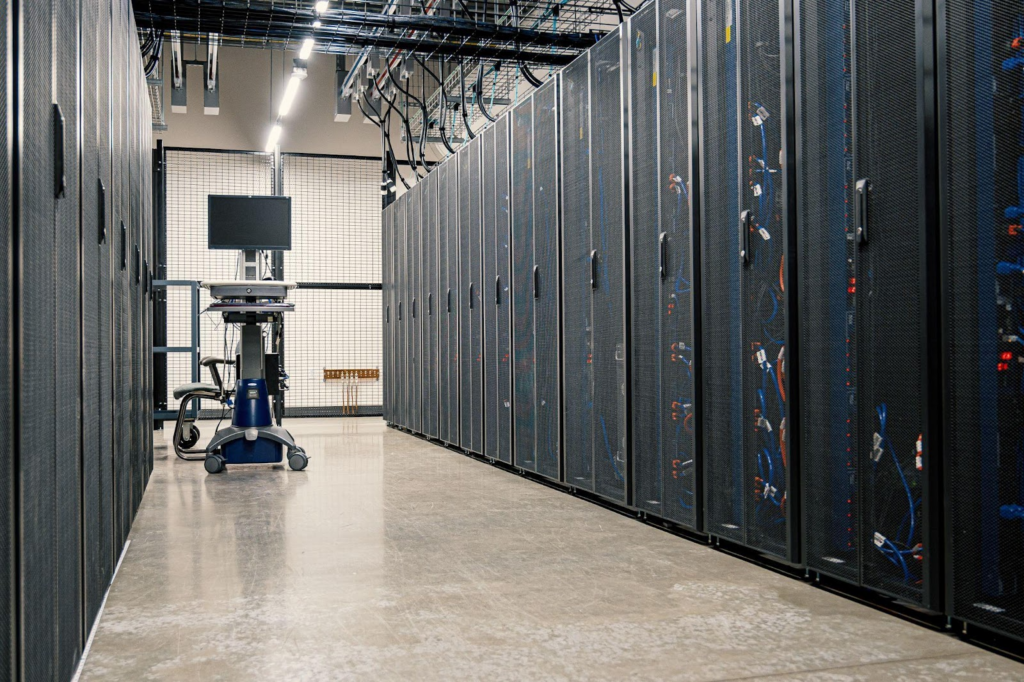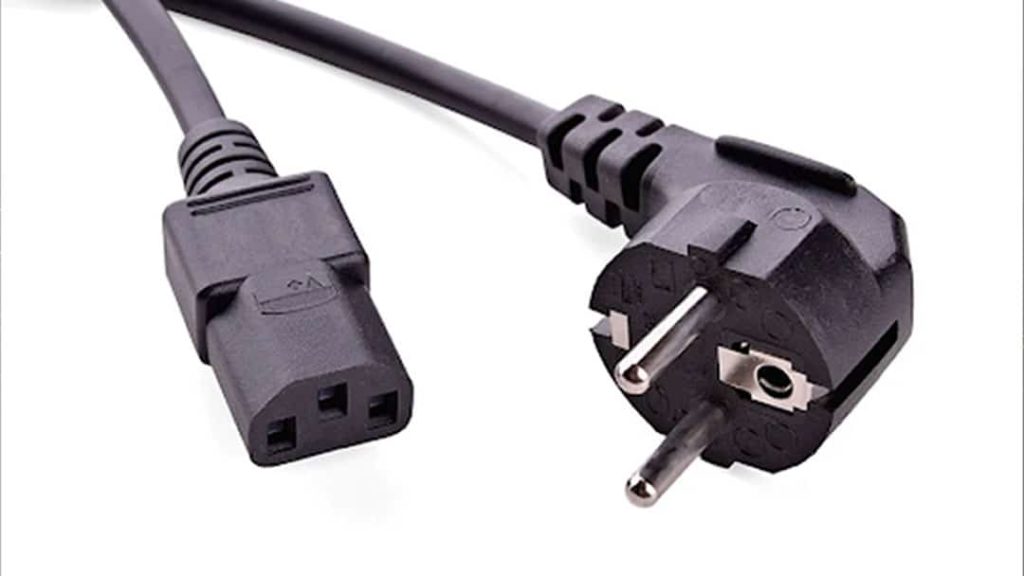Serve yourself! The server rack industry is worth more than $5 billion, mainly because there are many server rack sizes. The industry gives you all the tools you need to build any data center of your liking.
However, many people get confused and buy the wrong server rack. If you want the best server racks in the market, you must study server rack sizes. Here’s what you need to know.
48U Racks
While shopping for server racks, you may find a product labeled “48U.” The U stands for rack units or U-spaces. One rack unit is 1.75 inches. The U usually refers to the height of the rack, not the width or depth.
48U is a standard-size rack, providing enough space for additional technology but small enough to access everything easily. Many companies with massively scalable data centers use 48U racks to fit everything.
Look at your equipment’s size to determine if 48U server racks suit you. You should also consider data center capacity planning; if you plan on expanding your operations, you should buy ones that give you additional space.
When in doubt, leave extra space for yourself so you can add new technology and move items around. Additional space can keep your equipment cool and make things easier to reach.
Are you wondering how to arrange your server racks and data centers? Hire our data center planners at C&C Technology Group and create your perfect data center today!
42U Racks

42U racks are also extremely common. They are smaller than 48U racks but provide enough space for small and mid-size data centers.
Many 42U products have 19-inch-wide server racks. Most pieces of rack-mounted equipment are 19 inches wide, so they will fit snuggly into your racks. The front of your product may be 24 inches wide, which can help you store cables.
Related: Data Center Cabling Best Practices
Measure your data center’s doors before purchasing 42U racks. You must be able to fit your items inside and set them up; disassembling them, bringing them in, and reassembling them is labor-intensive.
Half Racks
Half racks are around 24U in height. Some are precisely 24U, while others are 22U or 27U. Half racks are best for professionals who work from home, startups, and small companies that cannot expand their data centers. They are also easy to bring inside and set up, making them good for people who struggle with DIY projects.
Half racks may have any width or depth. Many products are 14, 22, or 25 inches deep and 19 inches wide. Though the height of half racks is smaller, the width and depth give you plenty of room to accommodate servers and other equipment.
Do not stack two half racks on top of each other. Some racks have thin posts, and the weight of one can press down on the other. Instead, place them side by side.
You can purchase an even smaller product if a half rack is too big for you. Racks can go as small as 5U, which is ideal for patch panels and UPS systems.
Related: Data Center Infrastructure
Two-Post Racks
Two-post racks have two vertical support beams. These racks are cheap, easy to install, and sturdy enough to support bulky technology. These products also occupy less floor space, making them good choices for small data centers. Many use their two-post racks for routers, switches, and telecommunication tools.
Some manufacturers design two-post racks for specific purposes or situations. For example, you can purchase a rack for equipment in areas with earthquakes and seismic activity. You can also buy products that don’t conduct heat, helping with data center cooling.
Two-post racks can have a depth of six inches or less. Many half racks have two posts, but you can also find 42U and 48U products. The taller your two-post product is, the more unstable it may be, especially if you place your technology high off the ground. Keep the weight distribution even throughout the height and width of your rack so it doesn’t sway or fall over.
Four-Post Racks
Four-post racks have four vertical support beams. These products support heavier loads and have a more stable center of balance than two-post racks. Four-post items are deeper than two-post products, but you may have less internal space to place your technology.
The posts can get in your way if you must reach deep into your rack. Try to find a product that has thin posts. Posts can have sharp edges, so you may need to install a coating or surface so you don’t cut yourself on them. You can find four-post racks of any height, width, or length.
Other Factors
The size of your server rack is very important. But you should not buy a rack only because it has the desired size. The number of posts in your rack is extremely important, as four-post racks can support heavy equipment much better than two-post products.
The interior layout of your rack is also essential. You must be able to reach everything. There should be space between each rack so your equipment doesn’t touch each other. Some racks have square holes, while others have circular holes. Look at the equipment going into your racks and figure out which holes would work best.
Wall-mounted racks go on your walls, freeing space on your floor. However, these racks tend to be smaller than open-frame racks. They’re best for individual routers that don’t have long cables. Do not place one wall-mounted product directly above another, as it can fall on top of the rack and damage it.
Do you need help finding the right server racks for your business? Contact C&C Technology Group for advice on the latest products!
What Are the Best Server Rack Sizes?

Your server rack should match the size of your office and the amount of equipment you have. You can buy a half rack if you have a home office with a small server. A two-post rack should work fine; you may save money by buying a wall-mounted product.
If buying equipment for a medium or large business, you should get a 42U rack with four posts. You may want to find an enclosed rack with a door you can lock, as it will protect your equipment.
Related: White IT Server Racks Are Trending
Last Updated on June 8, 2023 by Josh Mahan




